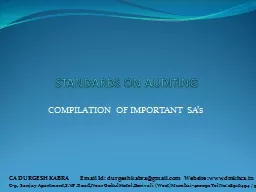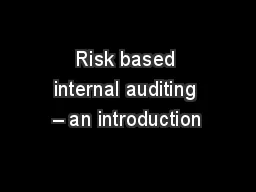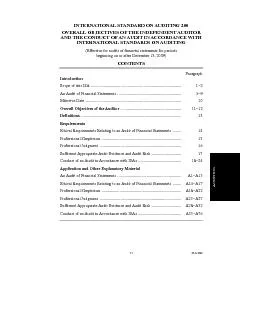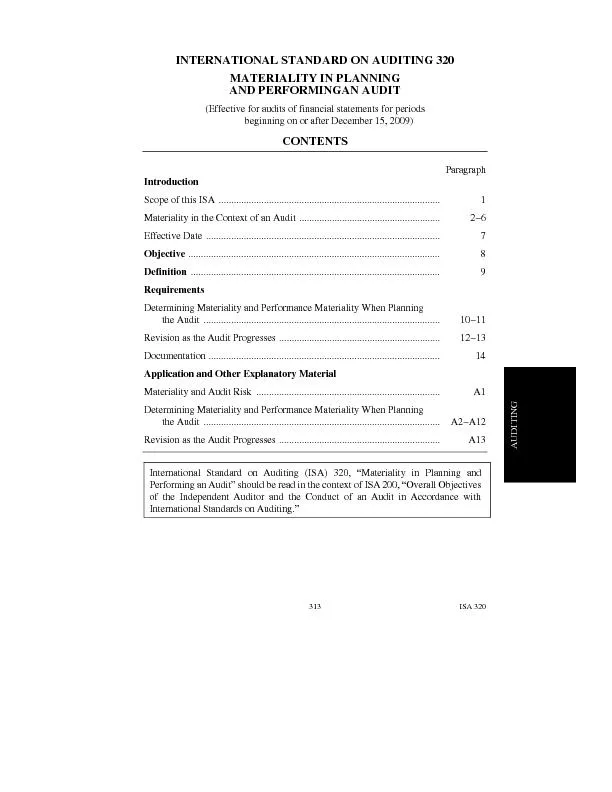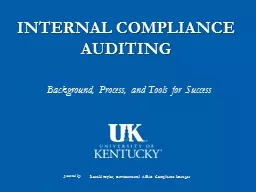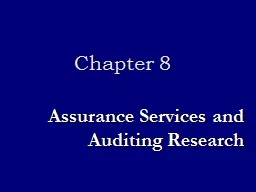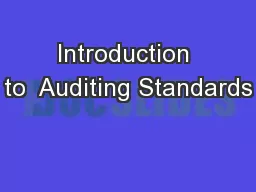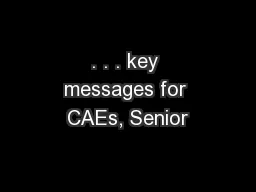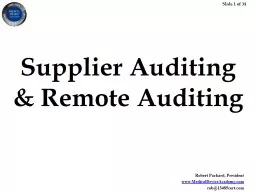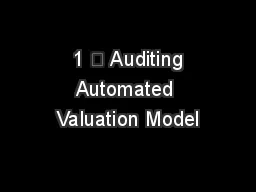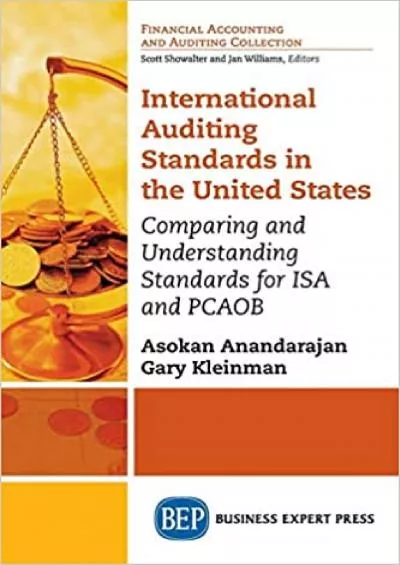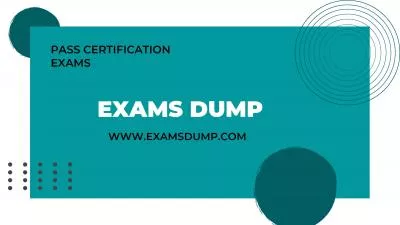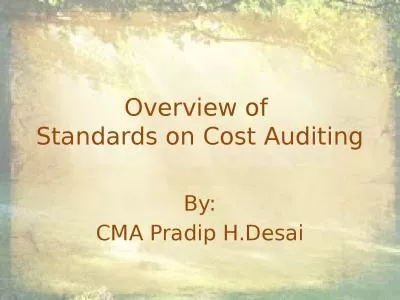PPT-STANDARDS ON AUDITING
Author : faustina-dinatale | Published Date : 2017-03-20
COMPILATION OF IMPORTANT SAs CA DURGESH KABRA Email Id durgeshkabragmailcom Website wwwdmkhcain C9 Sanjay ApartmentSVP RoadNear GokulHotelBorivali WestMumbai400092
Presentation Embed Code
Download Presentation
Download Presentation The PPT/PDF document "STANDARDS ON AUDITING" is the property of its rightful owner. Permission is granted to download and print the materials on this website for personal, non-commercial use only, and to display it on your personal computer provided you do not modify the materials and that you retain all copyright notices contained in the materials. By downloading content from our website, you accept the terms of this agreement.
STANDARDS ON AUDITING: Transcript
Download Rules Of Document
"STANDARDS ON AUDITING"The content belongs to its owner. You may download and print it for personal use, without modification, and keep all copyright notices. By downloading, you agree to these terms.
Related Documents

